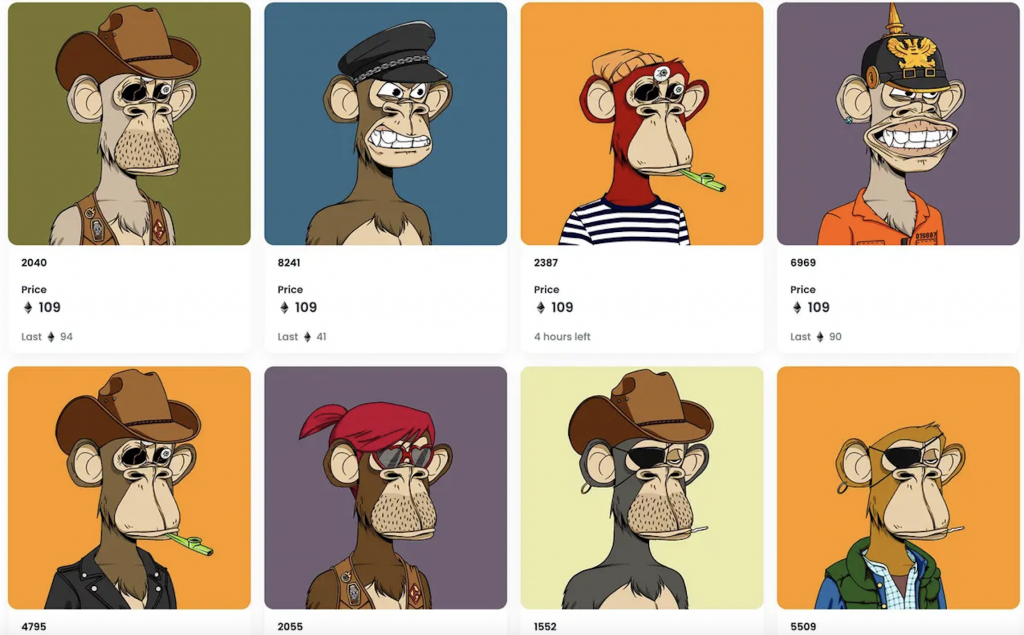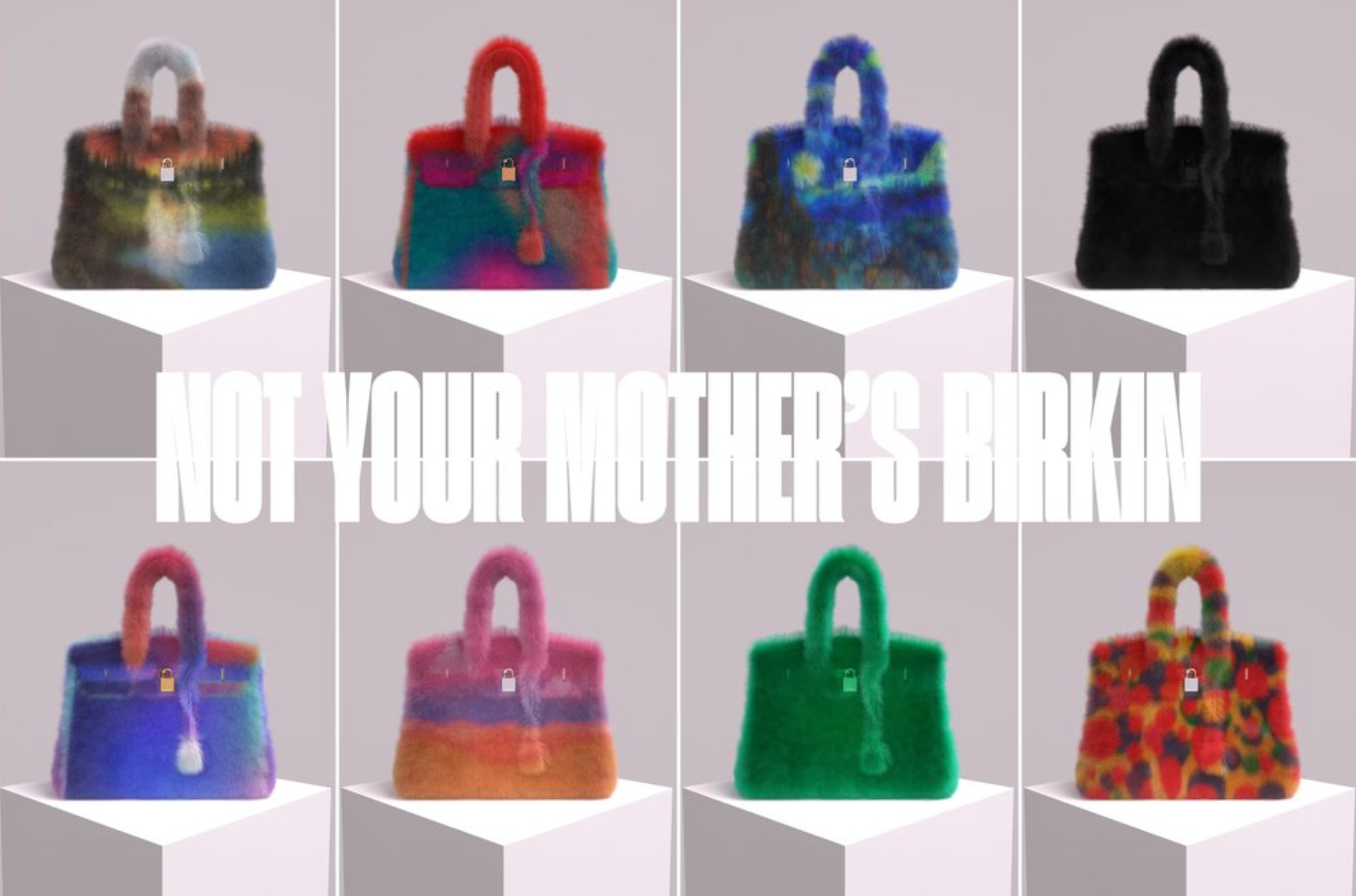From banana-clad Birkin NFTs to stolen virtual influencers — is the metaverse a regulatory minefield?
Web3 is introducing a slew of counterfeiting nightmares, including China’s metahuman debate and their rights as content creators, and the “cybersquatting” of luxury brand IPs, a process where Internet users register a well-known company domain to profit off of its trademarks. This is creating demand for a better understanding of creator rights, brand protection, and virtual assets.
“We need better regulation of IP in Web3, which begins by harmonizing traditional IP law with emerging technologies,” Andrew Rossow, attorney and CEO of AR Media, tells Jing Daily.
Rossow serves as a Web3 legal analyst for various Web3 media outlets including Decrypt, Forbes Crypto, and NFT Now.
“We are at a pivotal moment where the legal landscape needs to step up by bringing all arguments to the table with traditional IP law, and how these may need to be extended, amended, and/or ignored depending upon each case’s circumstances,” he says.
MetaBirkin aftershock#
Web3’s safeguarding issues made center stage following the MetaBirkin dispute in January 2022.
The year-long battle between Hermès and digital creator Mason Rothschild permeated headlines across the globe, forcing luxury brands to take the virtual landscape’s cultural impact seriously.
Ruling in favor of Hermès, the court’s jury claimed that Rothschild’s NFTs were not considered “art,” and were therefore not protected speech under law.
“The takeaway for the case was great for major brands, but a terrible day for artists and the application of the First Amendment via the ‘fair use’ doctrine. I don’t believe the court went far enough in breaking down the infrastructure in the ‘why’ and ‘how’ the NFT was used,” Rossow says.
The aftermath saw brands tighten up their trademark laws. It also amplified the disparity between creators and brands in the metaverse, and where the legal landscape falls short in its recognition of Web3.
“This case shows the significant hurdles we need to overcome to teach those who may not be digital natives, or are overly biased because of how it’s been portrayed by the media,” Rossow says.

Current legislation#
Today, the most effective way for brands to protect themselves in Web3 is by registering any copyrights with the U.S. Patent and Trademark Office (USPTO).
The government agency has begun designating dedicated categories for digital assets, virtual reality, and artificial intelligence.
This doesn’t automatically quash the issue. “It doesn’t necessarily fix or minimize the increasing number of infringement cases we have already seen,” Rossow continues. A better understanding of the nuance of these novel phenomenons is critical.
Snowballing setbacks#
Even Web3 native labels are not immune to copyright plights. Just look at Yuga Labs’ case against artistic duo Ryder Ripps and Jeremy Cahen, who were accused of deliberately aiming to harm the Yuga Labs company with their RR/BAYC NFT collection.
In China, the explosive growth of virtual influencers has caused trademark infringements to slip through the cracks. The country recently got wrapped up in its first ever virtual humans dispute, involving Xmov Technology’s Ada, with courts finding the accused unnamed company guilty of false publicity, after using the metahuman in a series of promotional content alongside their logo.

The case encouraged the Chinese government to rethink its metaverse policies. But it also foreshadowed what could become a future colossal disruption: virtual human theft.
“This all comes back to our need for fundamental legislation on how we govern AI-generated content,” Rossow says. “China doesn’t really have any laws that specifically speak to virtual humans or its AI-generated content. Cases like Ada are necessary in establishing those parameters.”
Tighter punishments?#
As for harsher punishments for those guilty of copyright infringement, Rossow believes this isn’t the question to be asked.
“What we should be asking is whether courts are willing to spend the time necessary in better understanding digital assets and how our current IP laws can be applied when it comes to addressing the elements of artistic expression and originality,” he says.
Setting the precedent for cases that address the complexity of artistic expression in Web3 is a work in progress. It will likely require many more cases like MetaBirkin’s and Yuga Labs’ before an outcome is established.

Staying proactive#
This legal gray area means no brand is 100 percent safe from trademark violations. Moreover, indeterminate territories still exist offline. Industries like fast fashion are powering the booming market of dupes, which aren’t formally recognized as counterfeit goods and are therefore considered legal.
The trend has caught widespread attention, with the hashtag #dupe racking up over four billion views on TikTok alone.
Brands should be worried about a similar rise in copycatting in Web3, especially as solid regulations are still to be set, and remain proactive in registering their trademarks.
“It’s a reasonable concern to have in any nascent stage of innovative growth. We have seen an oversaturation of copycatting and counterfeiting, capitalizing on the naivety of new emerging technologies,” Rossow argues.
The decentralized nature of Web3 also poses challenges, with the problem being the very characteristics that make the ecosystem attractive.
“In a decentralized environment, the advantages of anonymity in Web3 make it difficult to identify who is behind a project,” Rossow says.
As the space matures, so will its regulations. Achieving a fair outcome relies on courts stepping up to acknowledge the complexity of Web3 and its creatives — something Rossow believes is possible. “We have a lot of work to do, but there is a happy medium for artists and major brands to co-exist together.”


